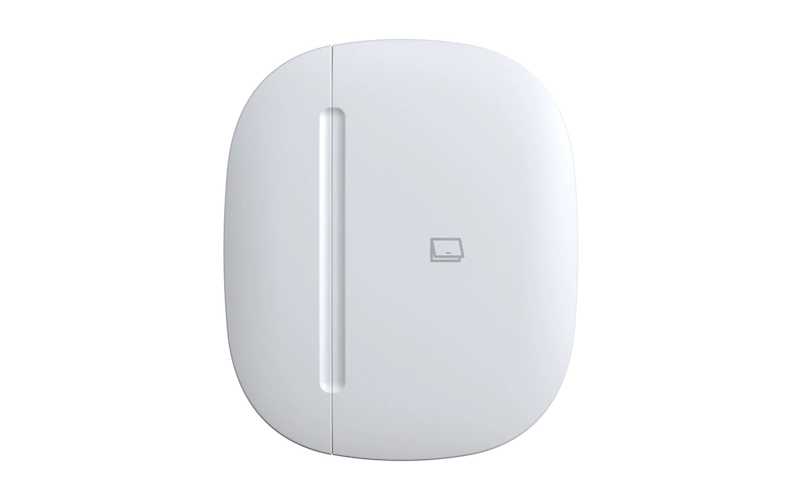
TechReviewz is a participant in the Amazon Services LLC Associates Program and other affiliate advertising programs designed to provide a means for us to earn fees by linking to Amazon.com and affiliated sites. Affiliate links may be used on this page and in Techreviewz articles, but they do not impact on the price that you pay and they do help me to get this information to you for free. Read my privacy policy for more information regarding affiliates.
The smartthings multipurpose sensor has a wide variety of uses, including motion detection, presence sensing, and ambient light sensing. It is also the most flexible sensor in that it can be placed on a wall or in a hallway, instead of on something that moves such as the sun.
The multipurpose sensor will let you “program” a specific room with it, and only report motion triggered events from that room. You can then use this sensor in the “door” or “window” of a multilevel sensor.
The multipurpose sensor is a plastic rectangle that has three small dots on each end, and an LED that lights up when it is active. It is also rated IPX5, which means you can place it outside and still get accurate reports for presence detection if the ambient light inside the room matches the ambient light outside.
The Smartthings Multipurpose Sensor sensor also has a manual reporting mode where it will send updates to the cloud when there is motion detected, allowing for simple presence detection on your network.
It does not have the same accuracy as devices like Samsung’s Smartcam though, as it is designed to be placed in a room and detecting motion inside that room. It’s successor, the multipurpose sensor v2 will fix this by using more advanced face tracking algorithms.
To pair the multipurpose sensor to your hub, simply hold down the yellow button on the multipurpose sensor, and then press and release the pairing button on your smartthings hub.
The multipurpose sensor can communicate in these different modes;
Using a multilevel device, you could use two multipurpose sensors to create a presence device that can turn on multiple lights and other devices when someone comes home.
The Multipurpose Sensor uses these same modes to communicate with the hub, but you must enter location mode to inform the multipurpose sensor of where it should detect motion.
In location mode, you press the button on top of the multipurpose sensor and then press the “Locate” button on your smartthings hub. The multipurpose sensor will then send a series of 100 pulses through rapid-pulsing the LED. Use this time to carefully record how long it takes to move from one end of the room to another, then select a room that is larger than the distance you measured and press “accept” on your smartthings app.
After you have selected the correct room, the multipurpose sensor will then begin to report motion in that room when it detects motion.
The multipurpose sensor has two modes of reporting motion, short and long pulses. These are selected using the smartthings mobile app or website interface.
When you start using smartthings with the multipurpose sensor, you will most likely use it in “short pulse” mode. This mode emits a short pulse of light when motion is detected, and seems to be the best compromise in terms of battery life versus communication speed. It takes around 250ms to send a message back to the hub, allowing the multipurpose sensor to last around 6–10 months on a CR2032 coin-cell battery.
“Long Pulse” mode is typically used when you simply need something that reports that motion was detected. It is slightly less accurate than “short pulse” mode, as it can take around 400ms to send data back to the smartthings hub. This means that the multipurpose sensor could last up to a year on a battery.
The multipurpose sensor will report motion in both modes, but when you set it to “long pulse” mode, it will not send updates until after you press the button again to stop sending long pulses.
The multipurpose sensor is ideal for security, but requires some type of automation rules to make sure you get the notifications you want. For example, if you have a motion sensor in a hallway, and the multipurpose sensor in the adjacent room, you will not get an alert until after someone has walked through one of the rooms.
This means that the motion from the multipurpose sensor may no longer be detected by your motion sensors while they walk through this room.
If you enjoyed this article you might also like to read about Google Chromecast Smart TV Streaming and Google Nest Doorbell